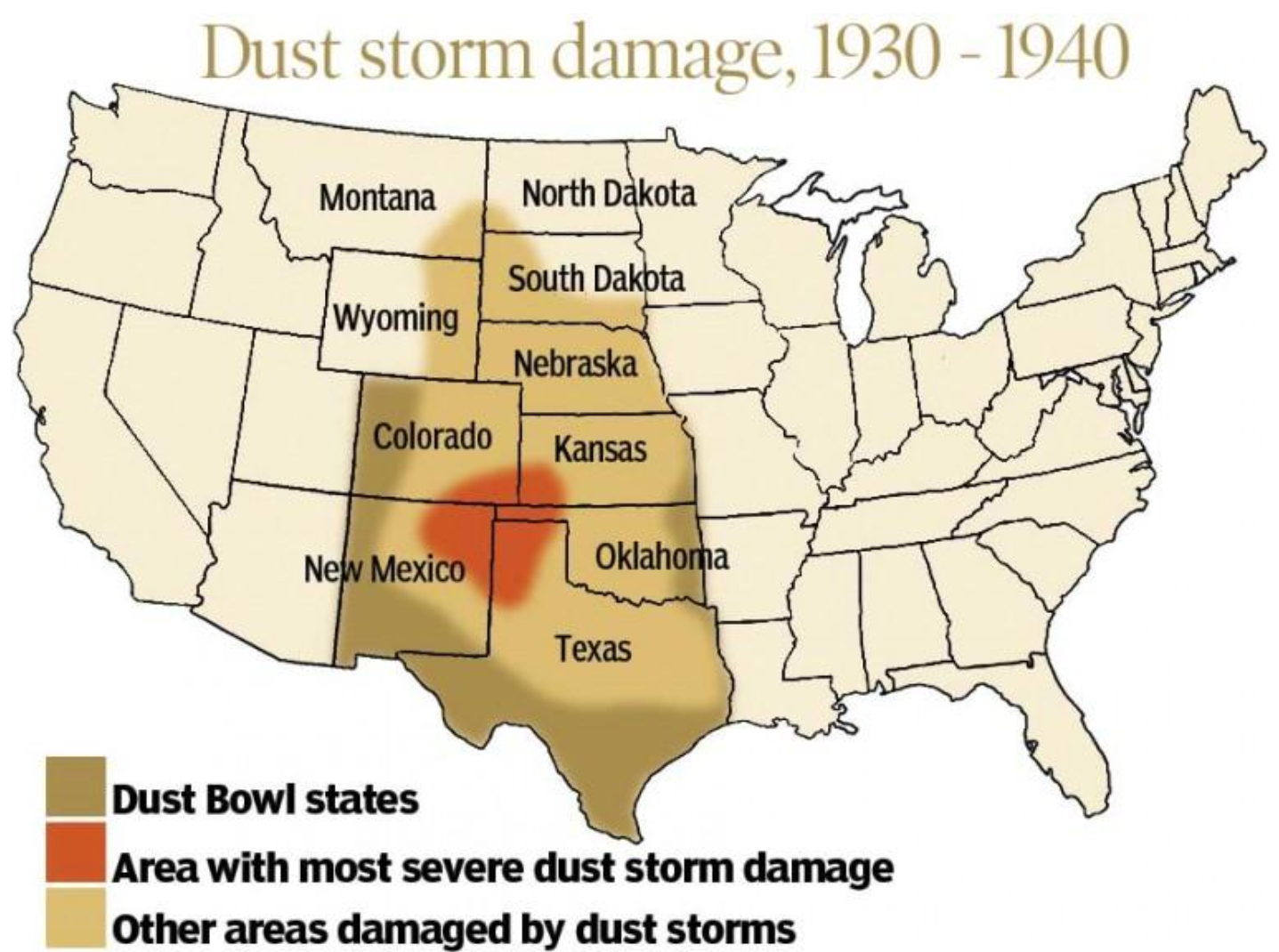Choose one or more:
1. Comment on Yi-Fu Tuan's insigths on LA and how its urban planning served the automobilie age.
2. What symbols do you connect more with LA? How are they contradictory? (perhaps, along with some remarks by Yi.Fu Tuan, this poem might help)
3. From pp. 183-188 (anthology), Yi-Fu Tuan talks about the "Skid rows" of America. What do you know about "Skid Row" in LA and how does Yi-Fu Tuan analysis help you understand it?



1. Tuan doesn’t exactly say that LA’s sprawl is bad, but he definitely makes you think about what gets lost in a city built this way... You lose that sense of shared public life—those little moments of bumping into neighbors, walking places, feeling part of a community. LA becomes this perfect example of a modern city where everything is spread out, and even though people live in the same city, they’re often living in completely separate worlds. It’s like the distance isn’t just physical—it’s social, too.
ReplyDeleteYi-Fu Tuan argues that Los Angeles was designed around the needs of the automobile, rather than around people or traditional urban life. Its urban planning reflects a focus on movement, speed, and expansion, with wide highways, spread-out suburbs, and little emphasis on public space or pedestrian interaction. This means that in the city people are isolated in their cars, and social connections and a sense of place is lost. Tuan sees LA as a symbol of modern urban planning shaped more by technology than by community needs.
ReplyDelete2. For me Los Angeles is a city full of symbolic contradictions. On the one hand, it presents a glamorous image to the world, such as Hollywood, palm trees, beaches, modern skyscrapers and wide freeways. These symbols create an image of opportunity, creativity and freedom. As Yi-Fu Tuan notes, such abstract images reflect how we often perceive cities, and we do it not through daily experience, but through powerful symbols and metaphors that a city offers.
ReplyDeleteBut, on the other hand, there is also another truth: neighborhoods with poor "imageability" where inequality and poverty dominate. For example, Skid Row is in a big contrast to the Hollywood ideal. So, Tuan reminds us of urban imagery, especially “the view from below,” these grand symbols that often hide the lived reality of many residents.
1. In his text, Yi-Fu Tuan describes the domination of the automobile: “… vehicles began to displace walking as the prevalent form of locomotion…” (page 162). Los Angeles, embracing this fact, establishes itself as “… the supreme automobile metropolis.” (page 162)
ReplyDeleteThe urban planning of the city is dedicated to the car. Filled with freeways, parking lots, gas stations, garages and automobile shops, in Los Angeles “… the pedestrian is given little consideration…” (page 163). The infamous billboards of L.A. also reveal the importance given to the vehicle.
There are few sidewalks and the heavy noises of the street declare who the streets were built for. Most of the noises in Los Angeles are not human, they are machine made. Yi-Fu Tuan comments of the prevalence of cars over humans: “… observe relatively few people pass in and out of front entrances of shops while inside they are crowded (…) cars drive up in continuous streams, shoppers step out, and attendants drive the cars to the store’s parking lot.” (page 164).
Matilde Ribeiro (161233)